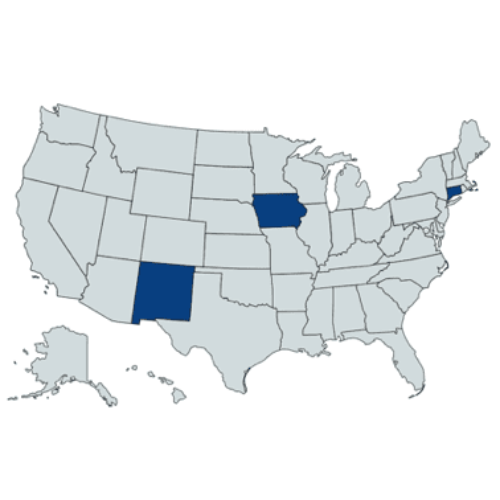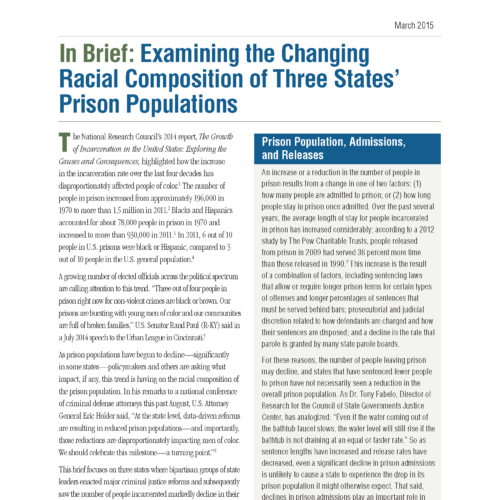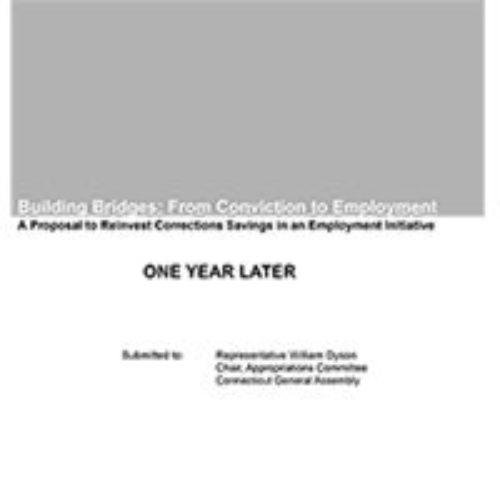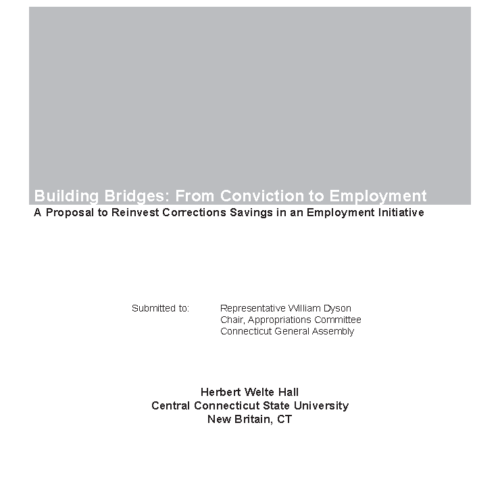Justice Reinvestment in Connecticut
The Problem
In 2004, Connecticut’s prison population had increased 7 percent over the preceding 4 years and the state’s prisons were over capacity by 2,000 people.
How Justice Reinvestment Helped
Between 2003 and 2004, the CSG Justice Center worked with Connecticut state leaders to analyze Connecticut’s criminal justice data, interview stakeholders from across the criminal justice system, and develop data-driven policy options designed to reduce corrections spending and increase public safety. With overwhelming bipartisan support, in 2004, Connecticut became the first state in the country to enact Justice Reinvestment legislation, which
- Established programs to reduce by at least 20 percent the number of people on probation or parole who are incarcerated as a result of technical violations;
- Required parole hearings to be held in a timely manner, including mandating people convicted of serious offenses to receive a parole hearing after serving 85 percent of their sentences; and
- Required the state to develop a comprehensive reentry strategy to promote successful transition from incarceration to the community.
Implementation and Impacts
The state reinvested $13 million in reentry programs and initiatives in 2005. After enactment of the law, individuals housed out of state returned to Connecticut, and recidivism rates, measured as return to prison within two years following release, decreased 2 percentage points between 2004 and 2008. In 2006, the legislature established within the Office of Policy and Management the Criminal Justice Policy and Planning Division, which is charged with promoting a more effective and cohesive criminal justice system. Connecticut went from having one of the highest prison growth rates in the country in 2002 to having one of the most rapidly declining prison populations in 2013.
















